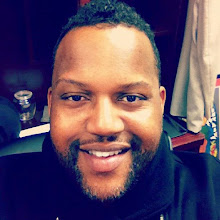 As a graduate student in Cultural Studies at the University of Minnesota, Craig Wilkins was struck by how people define space at hip hop raves. In the midst of dance, human presence defines architecture, not the other way around.
As a graduate student in Cultural Studies at the University of Minnesota, Craig Wilkins was struck by how people define space at hip hop raves. In the midst of dance, human presence defines architecture, not the other way around.An avid dancer, Wilkins hung out at raves in the Minneapolis area when Prince was rising in popularity. He was fascinated with how music and dancing creates an identity and function for space. "No matter how many different kinds of people come to a rave, there's a moment in that rave where everybody's on the same page. Everybody's in the same place, whether that place is in a warehouse, an open field… I'm like, man that's a phenomenal, wonderful thing. Are there any other ways that can happen? How might I be able to make that architectural? Basically what architects do is shape space. If music can help create space and can help create identity, what kind of identity would a hip hop space make?"Fast forward 20 years, Wilkins is in Detroit, a professor of architecture at the University of Michigan and the director of the university's Detroit Community Design Center. He dances less, but retains an appreciation of hip hop and the notion that human activity defines architecture, not the other way around.







No comments:
Post a Comment